
Interview with Isaac Thorne, Horror Author
Haunted MTL interview with Isaac Thorne, author of horror stories such as The Gordon Place, Road Kills, The Murder of Crows, Dislike and Hoppers.
Are you interested in discovering horror literature, as opposed to only seeing it on a screen? If so, you’re in luck! I had a chance to play Diane Sawyer and interview horror author Isaac Thorne, author of works like The Gordon Place, Road Kills, The Murder of Crows and Hoppers. Admittedly, I wasn’t familiar with the author until I read his short story, Dislike, to prepare my questions. It’s actually a good story, in case you’re concerned. Anyway, here are the questions and answers!
After reading “Dislike,” I was pleased by the simple approach employed. It also seems like a fairly plausible story, as most of us have seen people carelessly ranting online. Was this at all based on a true experience?
Isaac Thorne: Dislike is unique in my catalog in that it’s a story told entirely through a series of social media posts. It’s not based on a true experience so much as it is an amalgam of experiences you can witness on any social media platform on any given day. The main thing I wanted to depict in that story is the way in which we all vent everything on social media. We shout virtually into these echo chambers thinking that we’re going to find love, support, or sympathy. What often happens instead is that we get yelled at or egged on in an unhealthy way.
What are some themes you plan on exploring in the future, or that you’d like other authors to explore?
Isaac Thorne: Almost all my stories are at least partially informed by current events. Dislike and The Murder of Crows are both more or less about our age of social media and social media justice. Decision Paralysis, on the other hand, is mainly about how damn busy we are with nonsense all the time, to the point of creating crippling anxiety for ourselves. Lately, I’ve been paying a lot of attention to guilt and rationalization, and how people are willing to accept any ridiculous excuse or story a bad guy throws out there as long as they feel like it somehow reinforces their worldview. I’d love to specifically tackle that kind of cognitive dissonance, where people are willingly gaslighted as long as they’re not threatened. But I want to do it in a unique way that doesn’t directly mirror events in the real world.
Visualization
Do you ever visualize stories as if they are movies?
Isaac Thorne: All the time. In fact, that’s primarily the way my head works when I’m writing a scene. Some reviewers of both my short story collection Road Kills and my novel The Gordon Place have said that I have a cinematic style to my writing, so I guess that comes through in the final product to some extent. It’s simpler for me to write a scene if I imagine the way it might play out on-screen, as if I was watching a movie, instead of trying to place myself in whatever the scenario is in my imagination.
What’s the most ridiculous thing you’ve ever written, and did you like it?
Isaac Thorne: That has to be Hoppers, which is a short story about a bunch of demonic rabbits who take revenge on an automotive mechanic who ran over one of them on his way home from work. It’s a story that’s silly on purpose. I wanted to write something that was both horrific and slapstick like Evil Dead II except the possessed entities were bunnies.
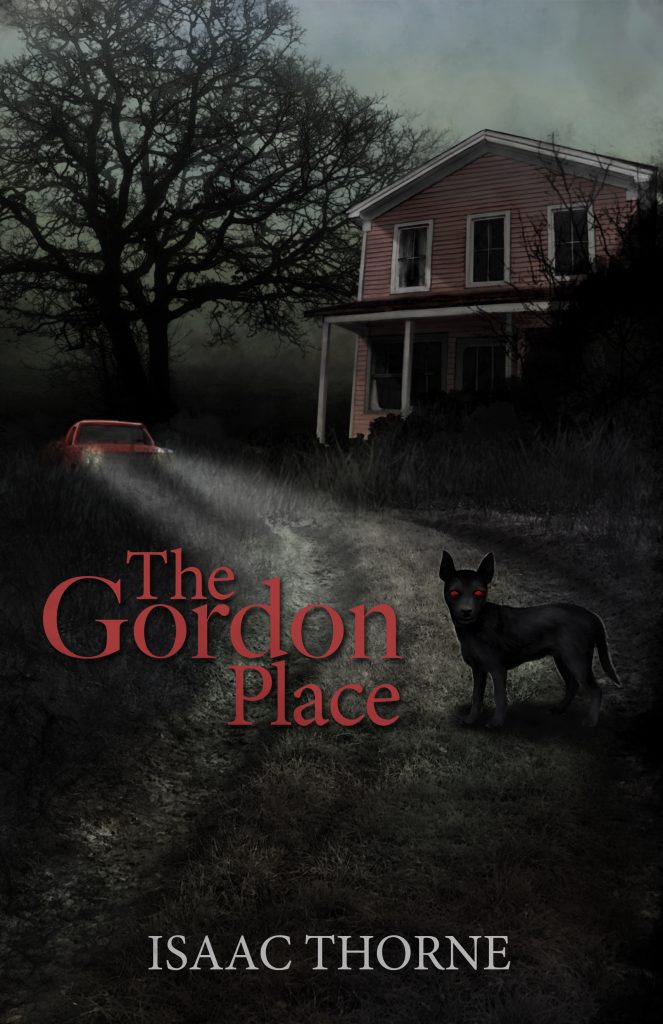
Have you ever written yourself into a corner on purpose?
Isaac Thorne: Never intentionally, but it has happened. I wrote the first chapter of my novel The Gordon Place several years ago. That chapter ends with constable Graham Gordon falling into the cellar of his abandoned childhood home and getting trapped there. But it wasn’t until the fall of 2018 that I was able to sit down and take the story anywhere else. After I wrote Chapter Two, the rest started flowing naturally. For a long time, though, I feared that The Gordon Place was never going to be more than that first chapter.
Do you listen to music when writing, or would that just be a distraction?
Isaac Thorne: I used to listen to music. In fact, I incorporated the titles of some of the tunes I was listening to when I wrote Nobody Was Here into the story. That was easy because the whole thing basically takes place in a burger joint’s men’s room. Several of the songs that were in my earbuds in key scenes get a mention in the text of the story. Things are different now, though. It’s been seven years since I completed that first draft of Nobody Was Here, and my life has changed significantly. These days, listening to music or trying to have the TV on as background noise is more likely to distract me from what I’m trying to achieve. I don’t know if it’s because I feel more urgency to write something to completion now that I actually have an audience for my work, or if it’s just because I’ve become more [easily distracted] with age.
Physicality and Planning
In what ways is writing a physical process?
Isaac Thorne: There’s a tactile and auditory sensation to it that I love. I enjoy the feel of tapping the keys on my keyboard in addition to the sound of the clicks. I think the most interesting sensation for me is the relief I feel after I get my words for the day out of my head and into the document. By the time I’m done, my brain is tired, I’m yawning uncontrollably, and all I want to do for the rest of the night is stare at some silly fictional non-fiction on television, like Ghost Adventures or Ancient Aliens.
Do you create a skeletal draft or do you just go in unplanned?
Isaac Thorne: I mostly go in unplanned. The short stories, in particular, are never outlined. The way I start a new project is to form the climactic scene first in my head. I figure out what I want to lead up to, and then I flesh out the rest of the story around that. That way, everything I’m writing to get to that ultimate scene is in the service of answering one question: how did we get here? The aftermath of that ultimate scene then pretty much writes itself.
That said, I admit to having attempted to draft an outline for The Gordon Place after I wrote that first chapter and became worried that I wouldn’t be able to take it anywhere. All I knew when I wrote the first chapter is that I wanted the main character, Gordon Graham, to become trapped in his childhood home and therein be forced to confront the person whom his past had helped shape. Then I got stuck and figured an outline was probably the way to go.
The one benefit of having done so was that it helped me create the other characters in the novel. Everyone except Graham–Afia, Staff, Patsy, Lee–sprang from that outline attempt. Then I started trying to write scenes based on the outline I’d written. I got a third of the way into Chapter Two and realized that even though they’d been spawned from the outline, the characters were taking the story in directions I hadn’t anticipated. At that point, the outline pretty much went out the window.
Do you recommend using a dictionary or thesaurus?
Isaac Thorne: I recommend using both a dictionary and a thesaurus. Don’t use words when you don’t know their meanings. That’s when a dictionary is most handy. They’re also helpful for usage guidelines. A pet peeve of mine is when I see a writer incorrectly use the term “myriad.” You don’t say “a myriad of ways.” The correct usage is “myriad ways.” Many folks want to use “myriad” the same way you use “plethora,” and that’s not correct. However, it might be fine to use it that way someday soon. The way dictionaries seem to work these days is to adopt whatever the most common misusage of a word or phrase might be. That’s why nobody freaks out about the misuse of a word like “literally” anymore.
Are there any stories you’d like to write, but feel you couldn’t?
Isaac Thorne: I don’t think there are stories I want to write that I can’t write if I just sit down and do it. That goes the same for any writer. If you can imagine it, you can write it. Whether the depiction you’ve created of what you were imagining is any good is a different question and one that readers and writers can only answer for themselves.
Book Reviews
A Stellar Debut Novel, We Used To Live Here
Imagine this. You’re home alone, waiting for your partner to return, when you hear a knock on your door. You answer it to see a family of five, bundled up against the cold. The father, a kindly older gentleman, explains that he used to live in this house as a boy. And he would love to show it to his family.
Do not let them in.
The story
Released in June 2024, We Used To Live Here is author Marcus Kliewer’s debut novel. It tells the story of Eve, who just purchased a beautiful house with her partner, Charlie. Their plan is to flip the house and sell it.
One night, while waiting for Charlie to come home, Eve is surprised by a knock at the door. It’s a man named Thomas Faust and his family.
Thomas explains that he grew up in the house and hasn’t been in the area in years. Would Eve let them in so that he can show the home to his children?
Against her better judgment, Eve lets them in. She regrets this almost at once when Thomas’s daughter vanishes somewhere into the house.
What worked
I always appreciate a book that allows you to play along with the mystery. And this book does that better than just about any other I’ve seen.
Pay close attention to the chapters, to the words that aren’t there. To everything about this novel.
This is mostly down to Kliewer. This is ultimately his work of art. But the production value is also fantastic. I don’t want to ruin the multiple mysteries, so I’ll just say this. There are clues in this book that require some specific artistic choices in the page layouts in this book. And I loved that.
If you’d like to experience another horror book review, check out this one.
We Used To Live Here is also the kind of story that makes you question everything right along with the main character, Eve. Eve is a great main character. But she might be an unreliable narrator. She might be experiencing every single horror described, exactly as it’s described. Or, she might be having a psychotic breakdown. Through most of the book, we can’t be sure. And that is so much fun.
Finally, the weather plays a large part in this story. There are several stories in which the weather or the land itself could be considered a character. Even an antagonist. This is certainly one. The winter storm is the thing that traps the family in the house with Eve. It also makes escaping the home difficult. Reading this book during the winter was especially impactful. Most of us know what it feels like to be shut in by a storm. I’ve personally lived through some of those storms that are just referred to by their year, as though they were impactful enough to claim the whole 365 days for themself. And that was with people I liked. Imagine what it would feel like with strangers. It’s a staggering thought and one that we explore in depth in this book.
In the end, We Used To Live Here is a fantastic book. It’s the sort of story that sneaks into your brain and puts down roots. And if this is just the first book we’re getting from Kliewer, I can’t wait to see what else he comes up with.
 (5 / 5)
(5 / 5)
Book Reviews
Exploring real terror with The House of My Mother
As a disclaimer, this is a review of The House of My Mother from a critical perspective. I will not be discussing my opinions of the legal case against Ruby Franke and Jody Hildebrandt. I will be discussing the merits of the book as a work of true crime alone.
In 2015, Ruby Franke started a YouTube channel called 8 Passengers. In August of 2023, Franke and her business associate Jodi Hildebrandt were arrested for, and later plead guilty to, charges of aggravated child abuse. And in January of this year, Shari Franke told her story in The House of My Mother.
The story
The House of My Mother is the true story of Shari Franke, the oldest child of one of the most famous family vlogger families.
As a child, Shari came to the conclusion that her mother didn’t like her. Soon, she began to fear her mother’s anger.
Things got significantly worse when Ruby started their family vlog. All of the families most intimate moments were splashed across the internet for anyone to watch. This became a living nightmare for Shari.
Of course, that was only the start of the family nightmare. Because Ruby was about to meet someone who would reinforce all of the darkest parts of herself.
Eventually Shari manages to escape her home. But her younger siblings were still in her mother’s clutches. She had to save them, and her father, from the monster her mother had become.
What worked
Through the book, Shari only ever mentions the name of one of her siblings, Chad. This is because Chad is the only of her siblings that is an adult at the time of the publication.
There are children involved in this story. Children who’s lives and privacy have already been damaged. Shari didn’t want to do that to them again, and neither do I.
It probably won’t surprise you that this book is full of upsetting details. But not in the way you might imagine.
Nowhere in this book will you find gory details about the abuse the Franke kids suffered. And I consider that a good thing. Those sort of details are all fun and games when we’re talking fiction. When it’s real kids who are really living with the damage, it’s not a good time.
What you’ll find instead is a slew of more emotionally devastating moments. One that stuck with me is when Ruby’s mother gives her a pair of silk pajamas as a gift after Ruby gave birth to one of her babies. Shari asks Ruby if she’d bring her silk pajamas when she had a baby. Ruby responds that yes, when Shari becomes a mother they can be friends.
What a lovely way to make a little girl feel like she’s not worth anything unless she reproduces. And, if she does decide to have children, who is going to bring her silk pajamas?
In the end, this isn’t a story about ghosts or demons. It’s not about a serial killer waiting on a playground or in the attic of an unsuspecting family. Instead, this is a story about things that really keep us up at night. It’s the story of a woman so obsessed with perfection that she drove away her eldest daughter. The story of a young woman who’s forced to watch from afar as her beloved brothers and sisters are terrorized and abandoned. These are the sorts of things that really keep us up at night. These are the real nightmares.
More than that, though, The House of My Mother is a story of survival. It’s about a family that was ripped apart and somehow managed to stitch itself back together again. It’s about a brave young woman who managed to keep herself safe and sane in the face of a nightmare. If you haven’t read it yet, I can’t recommend it enough.
For more like this, check out my review of Shiny Happy People.
 (5 / 5)
(5 / 5)
Book Reviews
Book Review of Boreal: an Anthology of Taiga Horror
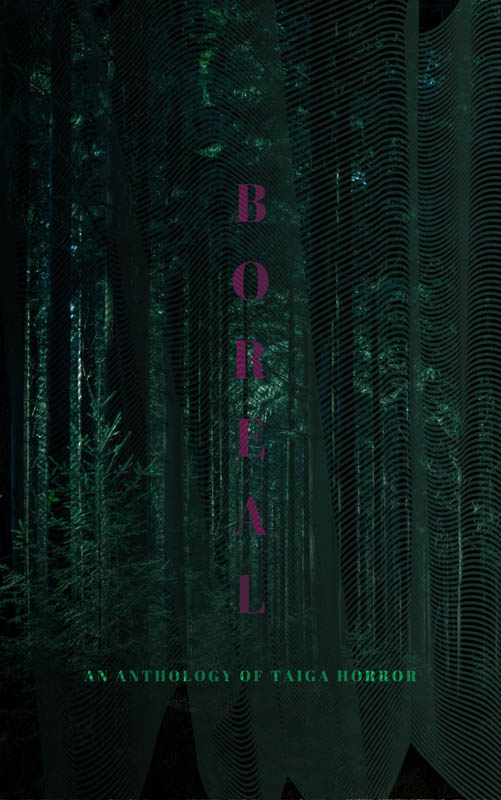
Boreal: an Anthology of Taiga Horror is a collection of twenty-two haunting tales that dwell in the deepest darkest woods and frozen wastelands, edited by Katherine Silva and including Haunted MTL’s very own Daphne Fauber. Each story has even been gifted with its very own poster, hinting at the horrors to be found within it, bestowing a beautiful visual collection as well.
The tales are varied and touch upon the environment in new and different ways, each hearkening to a sort of epiphany or raised awareness. These stories exude both dread and wonder at the smallness of our human existence in contrast to the sacred world we have isolated from, sheltering ourselves in our comfortable houses with centralized heat and everything we could possibly need or want at the ready. The taiga becomes a sanctuary outside of our own dulled awarenesses. It is a holy place imbued with powers beyond mortal human reach, a wilderness that threatens to swallow us – both whole and bit by bit, simultaneously.
The protagonists enter into this realm through ritual, superstition, longing, stubbornness, and their own hubris – yearning to survive its dangers, and to make their own marks upon it. The starkness of their surroundings harbors delicate moments that would be all too easily missed if not deliberately sought or pointed out. The softness of fur, the dappled sunlight shining through trees, the hazy clouds of breath forming in crisp air, the brittleness of bleached bone… those quiet experiences that beg to be forgotten, to lay safely sleeping just below the frozen surface, awaiting spring.
There are those who followed in the footsteps of their predecessors, seeking to escape the constraints of their parent’s and elders’ indoctrination, traditions, madness, and abuse, yearning to find their own way despite also being inextricably bound to their own pasts. There are those who just wanted to go for a walk in the woods, and remained forever changed by what they experienced. There are those who wished to impose their will upon the wilderness, their order falling to disarray, unable to make lasting impact. There are those who sought to leave behind the world of mankind, looking for oneness in the natural order of things through isolation, leaving a bit of themselves behind after being consumed by the terrors they encountered. There are those who truly found communion with the woods, became one with its wildness, and invited its spirit into their hearts to find peace, even at cost of their own lives. And then, there are the spirits themselves…
 (3 / 5)
(3 / 5)
All in all, I give Boreal: an Anthology of Taiga Horror 3.0 Cthulhus. I love existential angst so I found it to be an enjoyable read, and I appreciated the myriad manners in which the biome was explored. But there were points in which I found myself struggling to follow along, as if the words were swept up into their own wilds in ways that alienated myself as reader, as if my mere voyeurism into this otherworldly place was not enough to comprehend the subtle deviations in storytelling mannerisms fully. I suppose in some sense this seems appropriate, but at the same time, it left me feeling a bit unfulfilled, as if I had missed a spiritual connection that should have resonated more deeply.

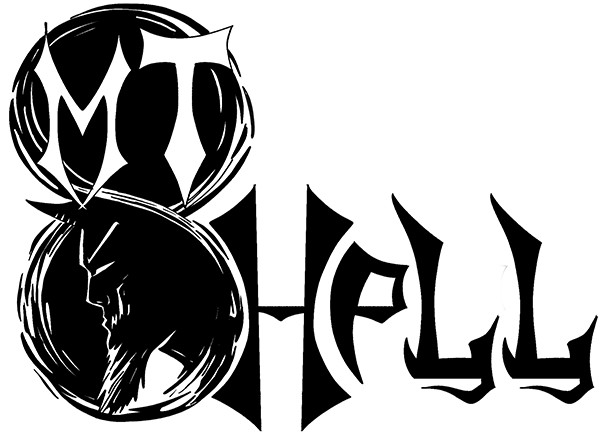
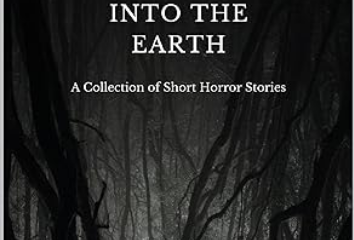


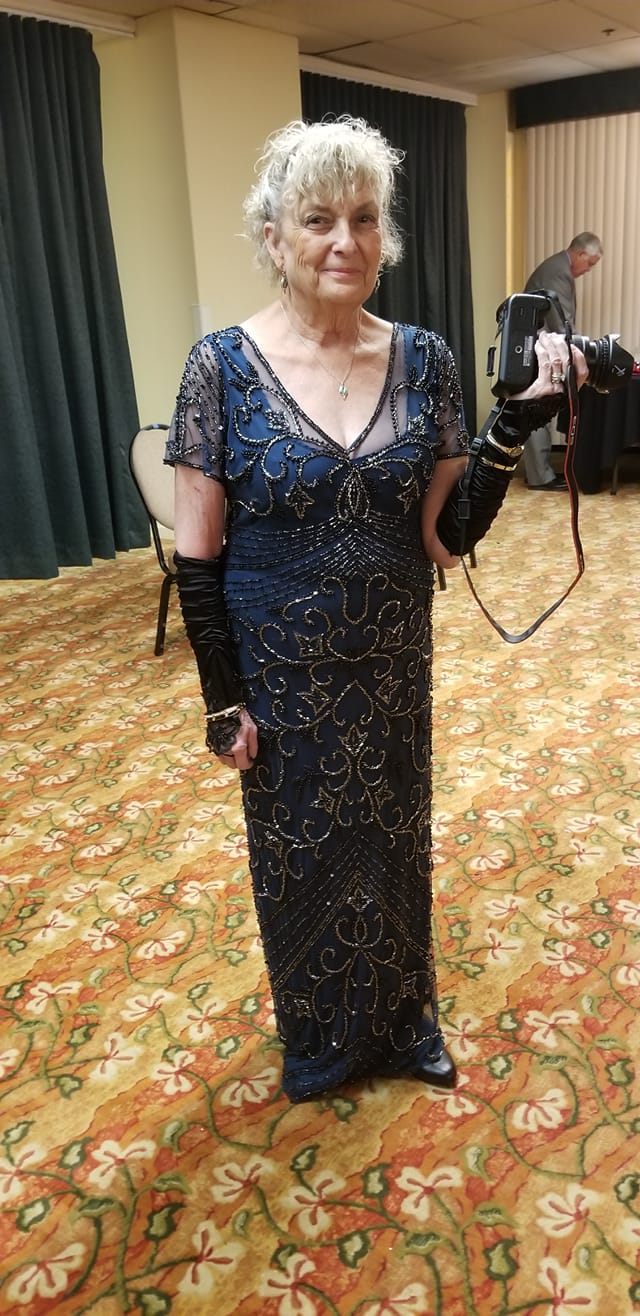
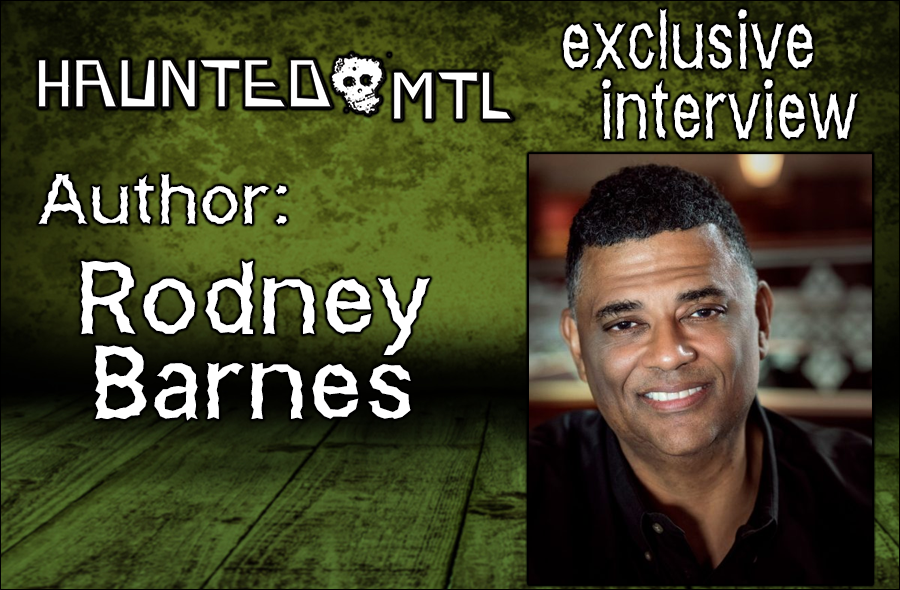
Pingback: Media Kit - Isaac Thorne